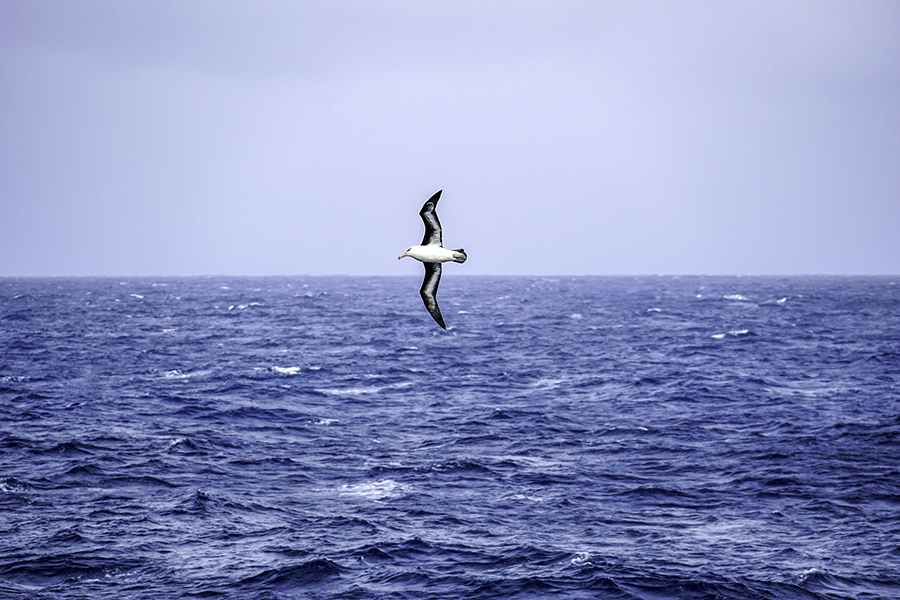
by mytravelcurator | Dec 31, 2021 | Patagonia and Antarctica
The sudden changes in the weather pushed us away from the Cape Horn, yet it prompted a faster departure for the Antarctica Peninsula. Before entering the Southern Ocean, however, our ship Magellan Explorer had to brave across the Drake Passage, which bridges the waters of the Atlantic and Indian Oceans. Fueled by the uninterrupted circumference of the Earth, this relatively narrow body of water is infamous for its stormy weather and record high swells. Everyone onboard was bracing for a rocky sail.
With no land in sight, some of our fellow expedition members soon found themselves fighting the seasickness in their cabins. Barf bags, strategically tacked in everywhere around the ship, evaporated overnight. Yet, other passengers (especially a group of gregarious New Yorkers) never grew tired of socializing in the lounge and touring the usual time-sinks, such as the sauna and the gym room.
Between the gourmet meals, safety drills and adventure travel lectures, these two days of sailing would initially feel like “the time lost to transit”. Luckily for us, pelagic birdwatching served as a perfect outdoor entertainment and a way to connect to the physical world outside.
We would frequently trade the comfort of our cozy cabin for exhilarating moments of absolute solitude spent on the freezing-cold bench of the upper-most deck on the stern of the ship. Standing there under the continuous barrage of the ocean spray, we would follow the majestic Wandering albatrosses and solitary Giant Petrels cutting the salty air while masterly passing the ship on both sides.
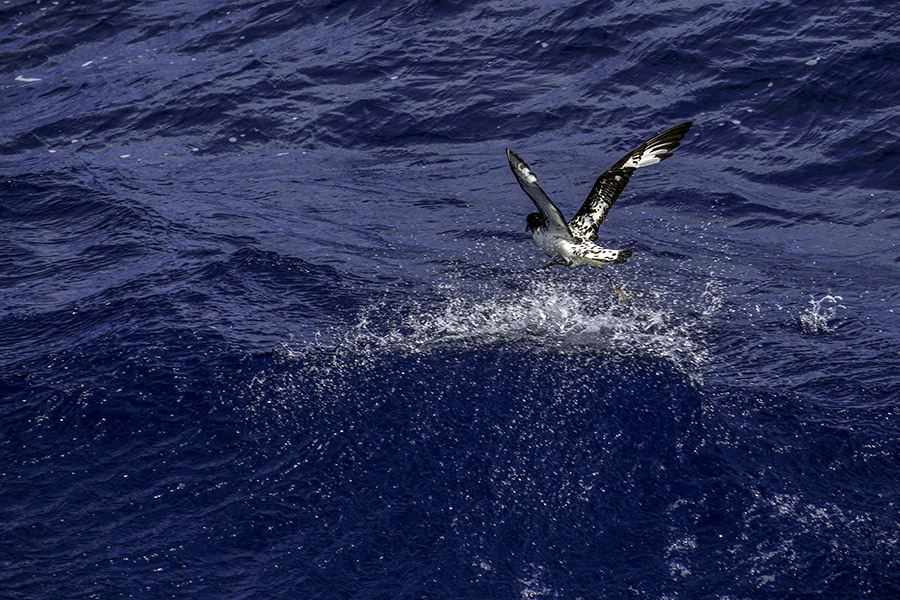
Tiny Arctic Prions, with their wings colored in silver, blended in perfectly with the ocean glitter and remained elusive while I attempted to catch a glimpse of them in the view finder. Loose flocks of Cape Petrels, also called Pintado for their painted appearance, were elegantly running the waves before taking off as a swarm of black-and-white butterflies.
Very little else came to sight, until we reached the very first iceberg and the rocky outcrops of the Antarctic peninsula, covered with pink guano and crowded by countless Chinstrap and Gentoo Penguins nesting along the steep slopes of the islands.
The short Antarctic summer was in session…
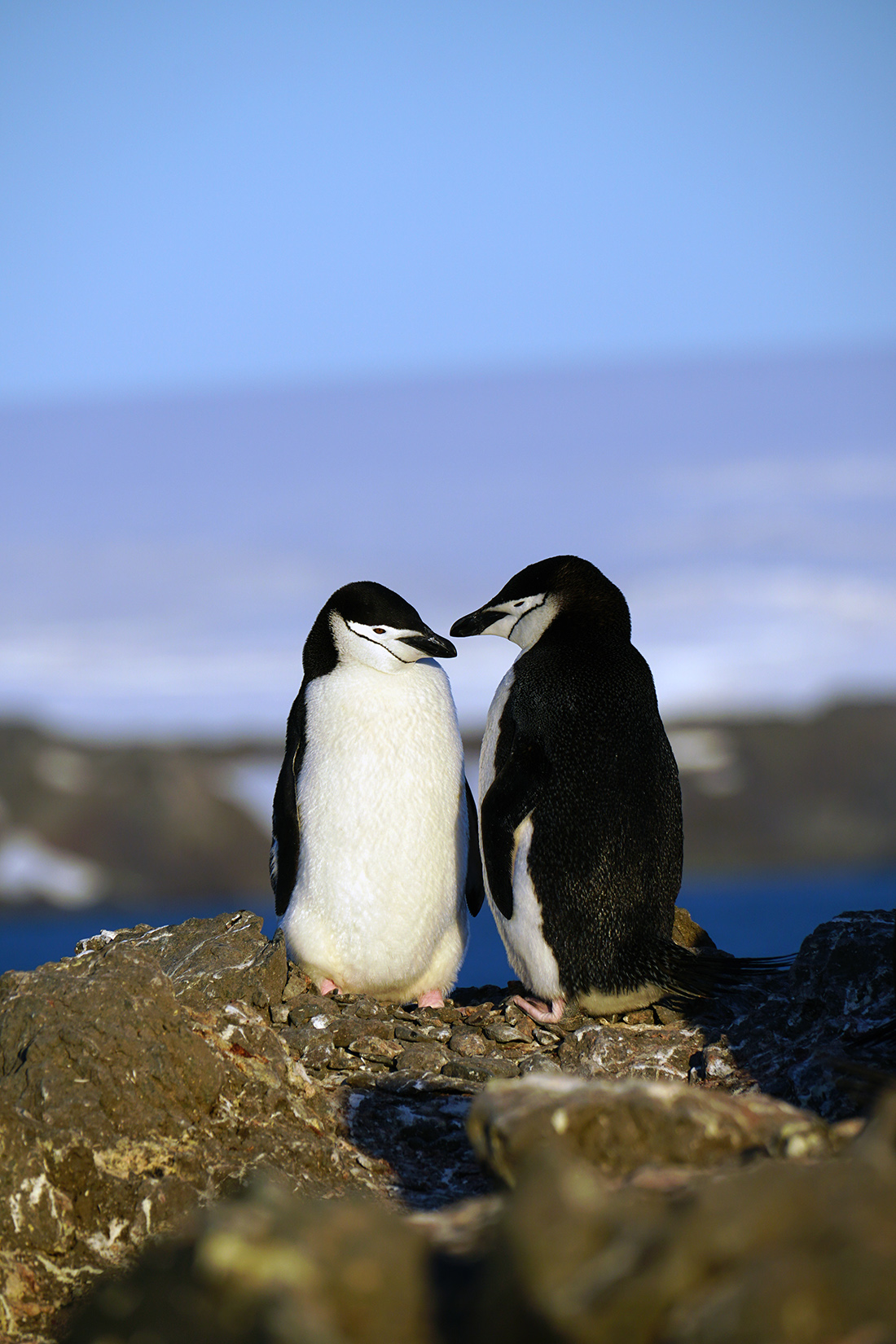
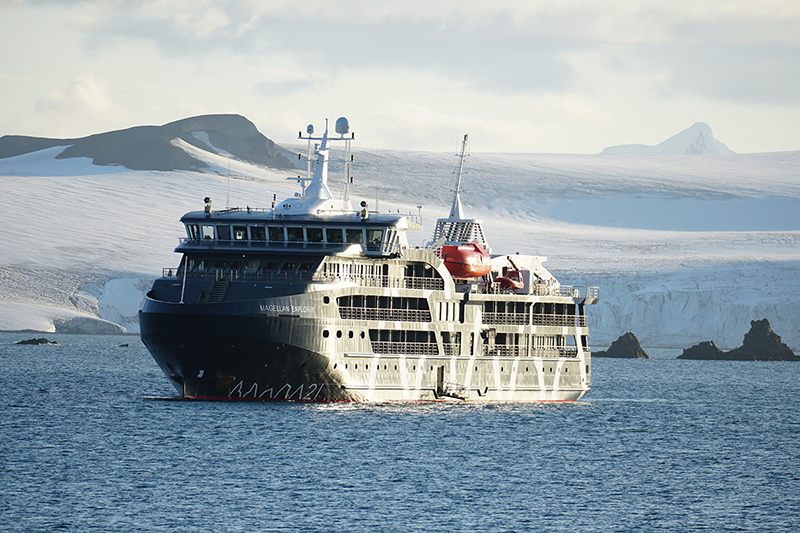
by mytravelcurator | May 30, 2021 | Patagonia and Antarctica
When Travelling to Antarctica, A Little Planning Goes a Long Way
Having overcome writer’s block during the pandemics, I am finally ready to share some thoughts and memories from our latest trip abroad.
Anyone travelling to Antarctica, does not just end up on the frozen continent on a whim. Like others, we were inspired and drawn to the “bottom of the globe” by the triumphant and gut-wrenching narratives of the early south polar explorations by Scott, Shackleton, and Amundsen. And, probably, like most travelers, we realized early that some planning was in order before our adventure with Antarctica21 (although it was conceived as a “side-trip” within our initial travel itinerary around Argentine and Chilean Patagonia).
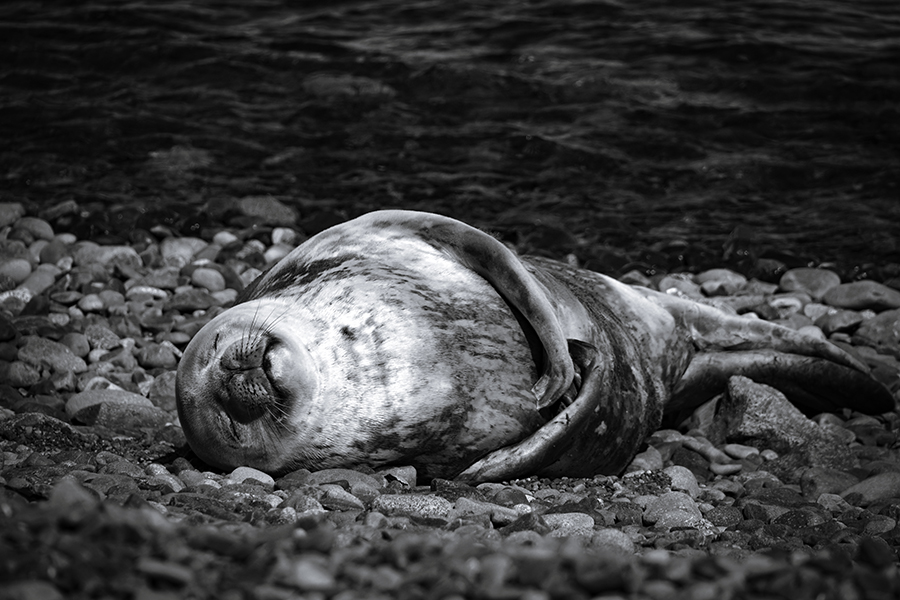
It took us about 6 months from the first inquiries about a fly-and-sail expedition with Antarctica21 to setting our foot on the expedition ship Magellan Explorer. Yet, while on board, we met a solo traveler from Atlanta, who made all the arrangements and joined our party in Ushuaia on a very short notice (all within a single week!). Presumably, the price was also good for the inconvenience and uncertainty, which often comes with this sort of “last-minute travel to Antarctica”. The last-minute discounted cruses to Antarctica details many pros and cons.
For us, the peace of mind was absolutely worth a modicum of advanced planning. A relatively early booking helped us secure a cabin of our choice: one by the library, close to the center point of the ship to minimize the sickening impact of the high seas which are very common in is part of the world. The few months before the trip were filled with thrill and anticipation of the travel ahead of us.
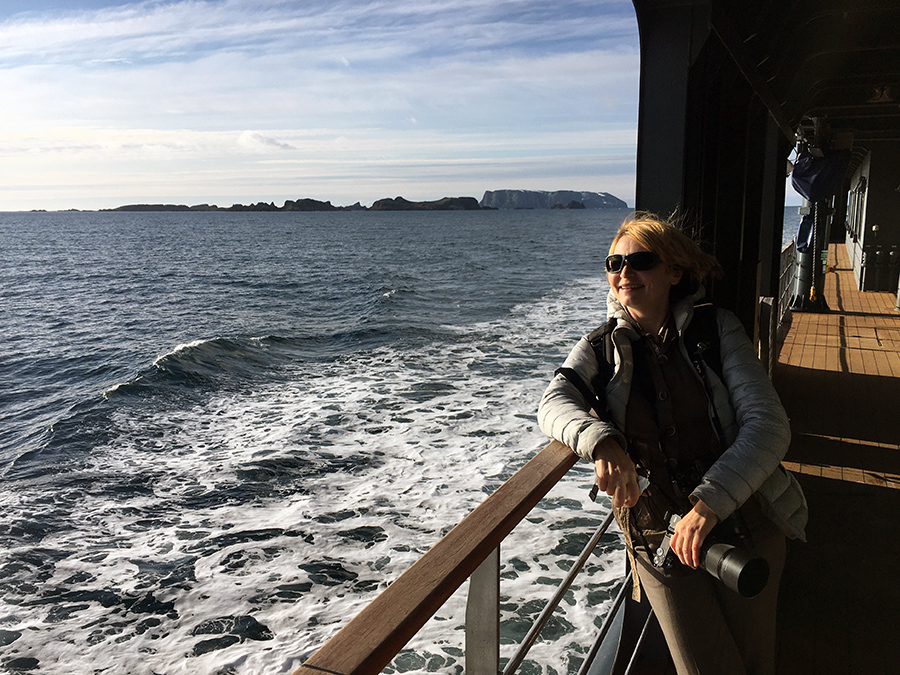
Truthfully, as independent travelers with complex itineraries and countless points of interests, we learned early the necessity of advanced planning. The window of opportunity to sign up for unique, seasonal experiences and visit popular destinations with limited access and capacity oftentimes closes up quickly.
The Penguin Island of the Harberton Ranch outside of Ushuaia, the world’s most southern city and the starting point of most expeditions to the Antarctic Peninsula, was a perfect example of such a destination on this trip. Home of the only continental colony of Gentoo and Magellanic penguins (there was even a single vagrant King penguin, who seemed completely lost in the mix!) in South America, it is open to ONLY 45 visitors per day and for a single hour! If this and other “out of the ordinary” places are on your bucket list, you’d be better off by planning well ahead.
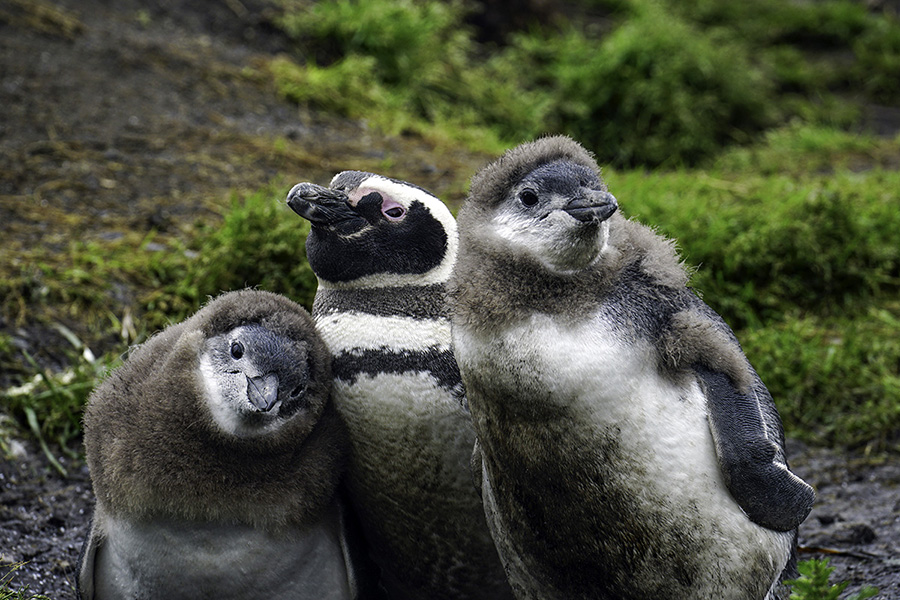
Antarctica Expedition vs Cruise
Every morning at 7 a.m., we were awakened by the expedition leader David, a tall gregarious Swede, making intercom announcements in an iron voice. He liked to remind us periodically that we were “NOT on a cruise, but on an expedition” and he would not cut us slack. With a schedule crowded with lectures, movies, safety drills, social gatherings and outings, the atmosphere on the boat felt downright hectic at times.
Every landing was reminiscent of boot camp, where, with sinking under the load of our gear and the prescribed three layers of winter clothing, we had to run in full-speed down several flights of stairs to the cramped docking room at the bottom of the ship. There we had to expeditiously put on our bulky life jackets and weighty boots (often while standing and balancing on a single foot), get our “guest cards” scanned and give our footwear a thorough “disinfecting bath” before jumping into a Zodiac rocking impatiently alongside the ship.
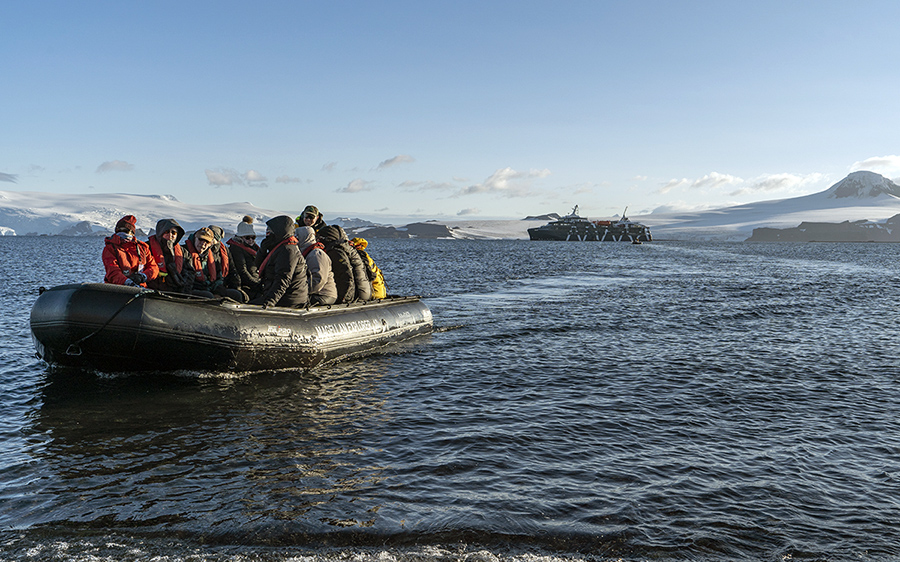
Our Antarctica 21 travelling party was a small group of only 73 passengers, 85% of whom were American adults of all ages. However, there were also a few travelers from Indonesia, Mexico, Singapore and Japan. Our crew & staff of around 60 strong was truly international and included several chefs and a dozen seasoned tour guides from Iceland, New Zealand, UK, Chile and USA.
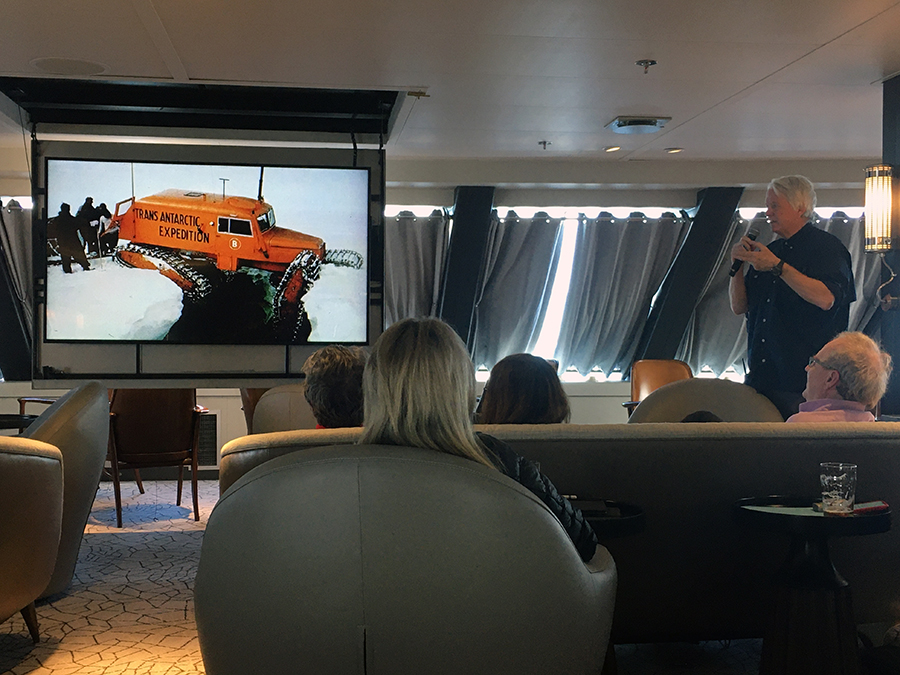
The nearly 1:1 passengers to staff/crew ratio surely sets an expedition apart from a cruise. Having a unique opportunity to dine over interesting conversations with the crew and the expedition leaders makes the travel experience very personal and rewarding. Being a part of such a small group also made it impossible not to feel fully-engaged and involved into the ongoing activities, lectures and workshops on topics ranging from Antarctic natural history and environmental science to wildlife and polar landscape photography.
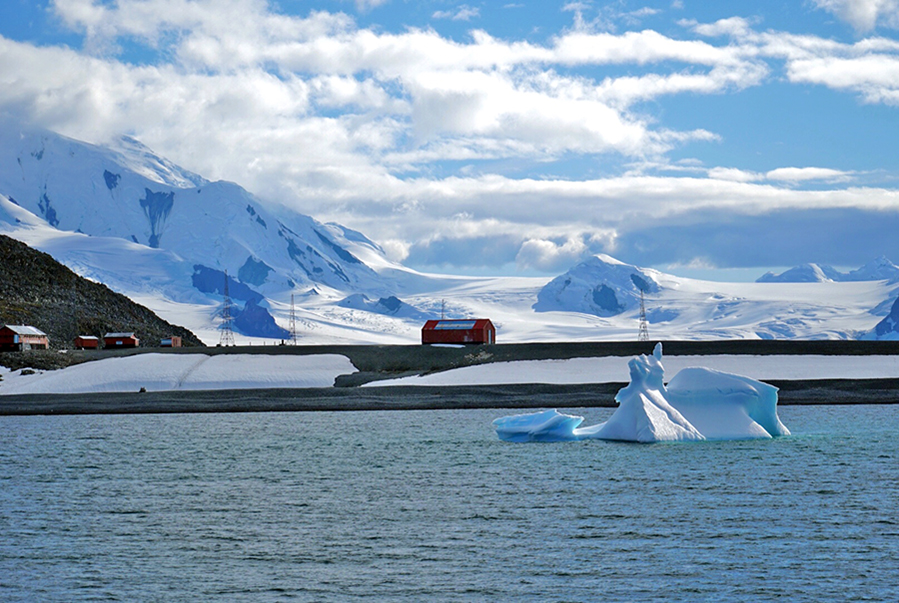
Land excursions (also called landings) on Zodiacs and other adventurous (if not “border-line extreme”) activities, like kayaking, camping and even “polar plunges” in the Antarctic are not possible while on a traditional cruise ship. This is not only due to the rather complicated logistics associated with these activities, but also because larger ships are not allowed to get close to the shore. Following the expedition, while staying in Punta Arenas, we met an American couple off the cruise ship touring “Patagonia and Antarctica”, who were clearly disappointed by not being able to see a single penguin during their lengthy trip.
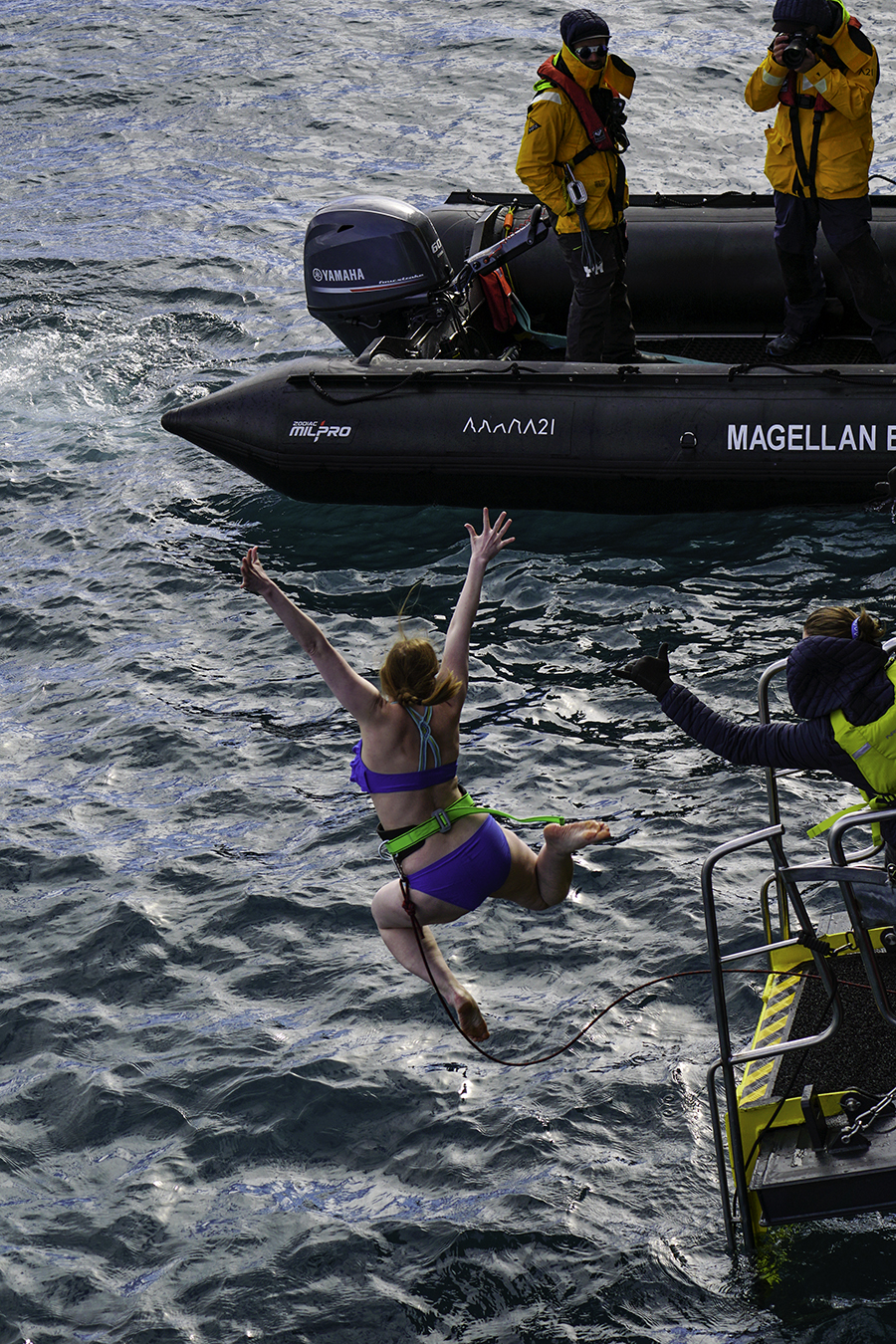
Having an entire ship deck (and moment of solitude while watching pelagic birds on Drake Passage) or sauna (which we never had time to enjoy due to the busy schedule) to yourself are certainly not common perks of a typical cruise ship loaded with hundreds if not thousands of people.
But wait, there is more. All guests had access to the bridge of the Magellan Explorer, a brand new custom-built vessel with ice-strengthened hull ideally suited for expedition travel in the polar regions. The opportunity to observe the captain and his crew calmly navigate the open ocean and the rocky shores of the Antarctic Peninsula, while standing out of the ferocious wind and heavy mist and with the “best views of the house” was the ultimate “icing on the cake”.

Needless to say, there was little time to sleep amidst the relentless polar sunlight during those austral midsummer nights.












